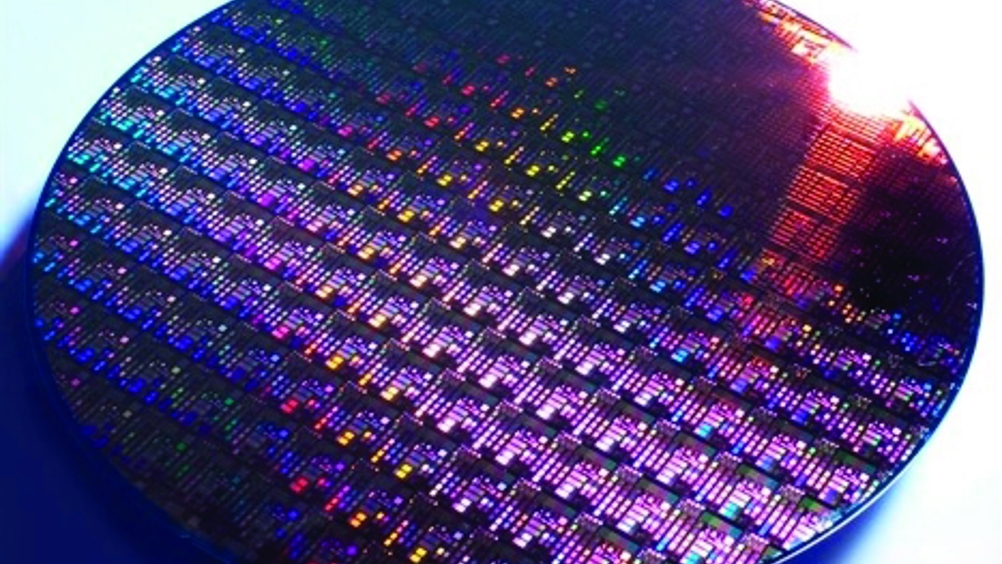Magnetic semiconductor opens up silicon-based spintronics
Researchers have created a compound that can be integrated into silicon chips and could be used to make spintronic devices that rely on magnetic force to operate, rather than electrical currents.

The researchers from North Carolina State University synthesised the new compound, strontium tin oxide (Sr3SnO), as an epitaxial thin film on a silicon chip. Because Sr3SnO is a dilute magnetic semiconductor (a material exhibiting ferromagnetism and semiconductor properties), it could be used to create transistors that operate at room temperature based on magnetic fields.
‘We’re talking about cool transistors for use in spintronics,’ said Dr. Jay Narayan, John C. Fan Distinguished Professor of Materials Science and Engineering at NC State and senior author of a paper describing the work. ‘Spintronics’ refers to technologies used in solid-state devices that take advantage of the inherent ‘spin’ in electrons and their related magnetic momentum.
‘There are other materials that are dilute magnetic semiconductors, but researchers have struggled to integrate those materials on a silicon substrate, which is essential for their use in multifunctional, smart devices,’ Narayan said in a statement. ‘We were able to synthesise this material as a single crystal on a silicon chip.’
Register now to continue reading
Thanks for visiting The Engineer. You’ve now reached your monthly limit of news stories. Register for free to unlock unlimited access to all of our news coverage, as well as premium content including opinion, in-depth features and special reports.
Benefits of registering
-
In-depth insights and coverage of key emerging trends
-
Unrestricted access to special reports throughout the year
-
Daily technology news delivered straight to your inbox










Water Sector Talent Exodus Could Cripple The Sector
Maybe if things are essential for the running of a country and we want to pay a fair price we should be running these utilities on a not for profit...